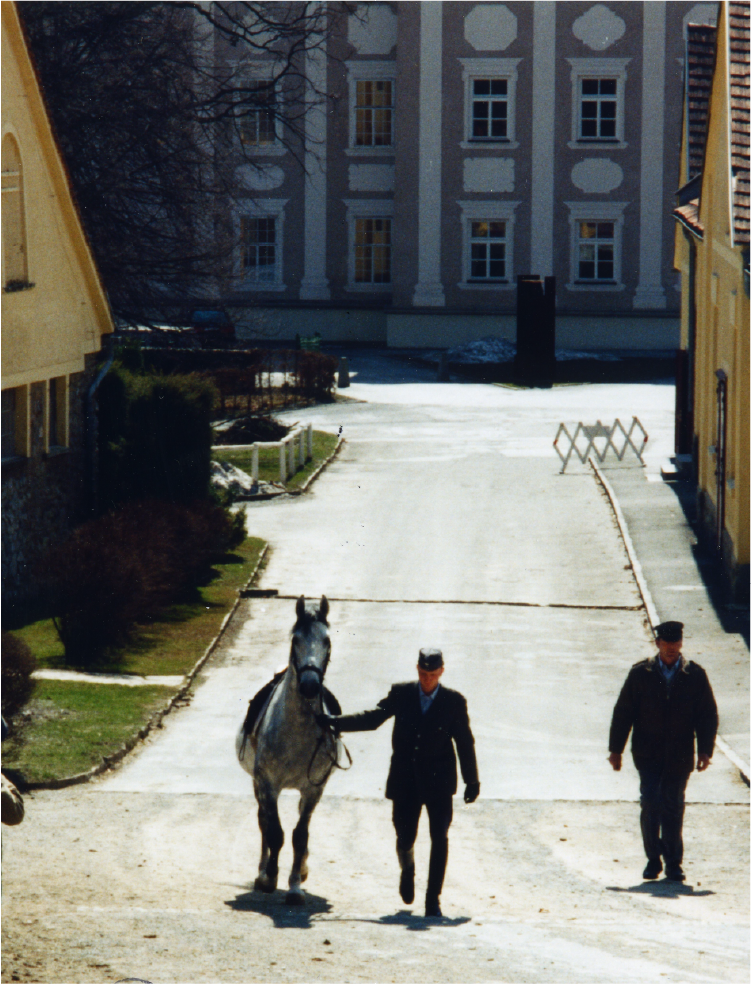The Spanish Riding School Of Vienna – In The News For All The Wrong Reasons
by Nikki Alvin-Smith
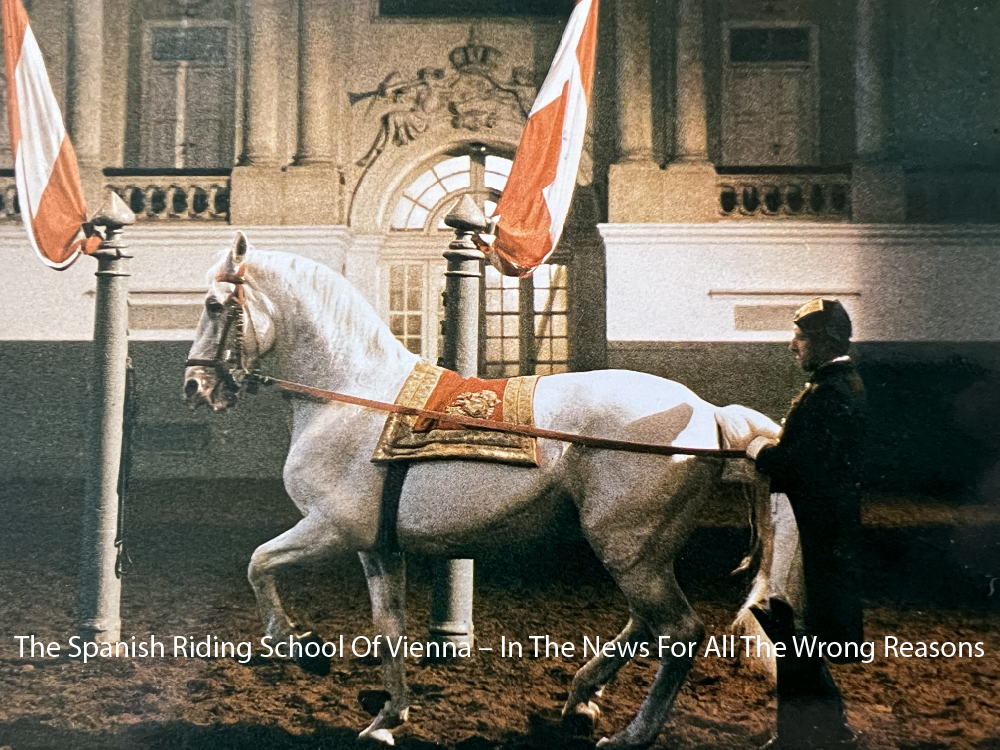
The firing of Andreas Hausberger, Chief Rider at the Spanish Riding School after 40 years of service is not the first 'firing' of the elite trainers at this heritage institution and most likely based on precedent won't be the last.
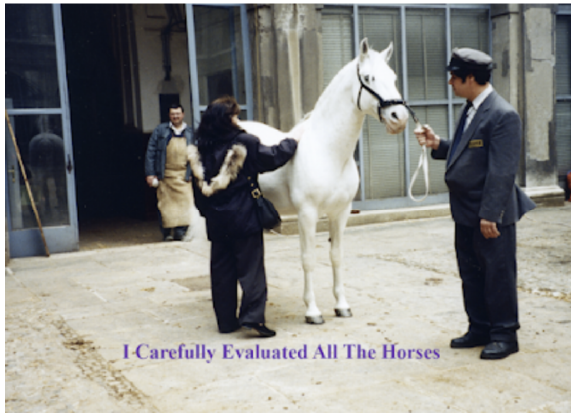
The reality is that a ‘balanced approach’ to the topic of the incendiary issue of firing any employee for insubordination is difficult to illustrate unless both sides of the story are known firsthand.
What I have known firsthand of the Spanish Riding School {SRS} as a whole, has been mixed, and not without upsets. But such is the nature of working within the horse industry.
The Spanish Riding School of Vienna, Austria, certainly has earned its place as a heritage world institution. But along with the good attention also comes the bad. Whenever you are responsible for ‘directing’ an organization, whether it is large or small, whether it is of interest to few or many, the job is not for the weak-minded or unintelligent individual.
I was fortunate to visit the SRS when the horses still lived at the palace. Shopping for a stallion at the school I enjoyed riding horses in the grand hall and at Piber,and experienced first-hand the work of the riders and Chief Rider at that time, Arthur Kottas.
At a previous time in my career, I have also worked with chief rider at the SRS, George Wahl. It was a while after he had left the now, unenviable position of chief rider. That was a long time ago now. Wahl was renowned for his training of Christine Stückelberger and Granat among many other esteemed partnerships.
The days of the classical dressage were numbered, and those last years of the 1990's were truly the end of the institutional training in the classical art. The advent of rollkür was embraced by the trainers at the school soon thereafter, as witnessed far and wide in warm up arenas around the world where the Lipizzaners were to be presented to perform their exhibitions.
Even the employment of the first non-rider as Director, in the appointment of Dr. Ouhlehla was heralded as such a significant change in the traditions of the school that many dressage enthusiasts and iconic masters of the art of dressage shook their heads in dismay. The poor man was pulled in every direction. Dr. O, as he was known, was forced to get out and about to promote the breed and he spent much time abroad and followed on the heels of the circus Lipizzan promotional tour group that truly was non-classical by the time it finished its showcase life. The Colonel Ottomar Hermann Jr. founded the troupe, but almost inevitably it too fell into 'circus' rather than authentic classical dressage training.
As a young lad, my husband Paul,who like myself is a Grand Prix competitor/clinician/coach, was fortunate to be extended an invitation to complete an intensive 'retreat' training program at the Hofburg Palace.
He learned much from his time there though he narrowly missed out on George Wahl and instead was under the guidance of a then Chief rider, Karl Mikolka. As Paul's UK trainer, James Belman's mentor was Alois Podhasky, it was little wonder that such introductions could be made. Access back then was very hard to attain and available only to an elite few. Belman is not widely known, but he also taught U.K. dressage team rider Dane Rawlins as a young lad. Such is the trickle-down effect of the training of the SRS.
When I look back in regard to dressage careers, it is not too surprising that the classical works of the SRS pop up in trainers both Paul and I have worked with, and not just trainers. As clinicians we have also worked with students and horses from Hermann's troupe, and from Mikolka's and Kottas and Hausberger's training programs.
Interestingly there are common themes of issues we see among the students and horses from these various programs. For example, mastering the training of flying changes are commonly a stumbling block for some of the students. Shortfalls somewhere exist in all dressage training, and the horses that students ride and train themselves always tell the story, as do the horses you try at the palace when seeking to make a purchase of a stallion.
The theorists would express sincerely held opinions as to where things have gone wrong or right at the SRS. For us, we saw the change as it happened and determined that entering Lipizzan breeding and training was not a move we should make. In the end, we imported horses from the Elite Hanoverian auctions for many years and declined offers for horses to bring back to the USA from the good Dr. O.
(The VHW is another organization that has significantly changed, but that is another story).
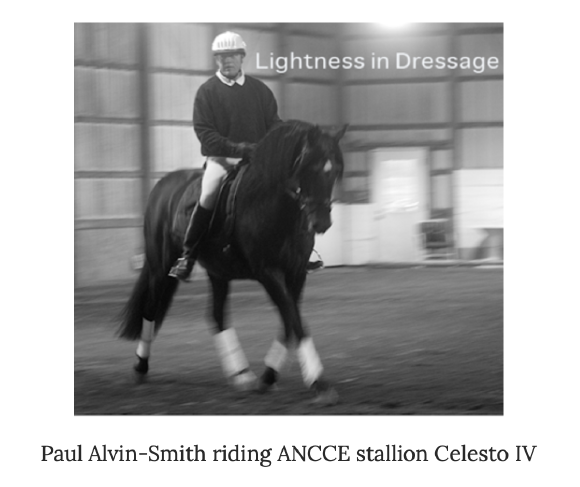
We moved along to the Iberian breeds and for many years bred horses in Spain and Portugal alongside Hanoverian horses we produced here in the U.S.A. and in the U.K. After a good decade or more in the German program breeding Hanoverians, and from intensive retreats and learning with the great Herbert Rehbein, Gabrielle Grillo and Shülten-Baumer, today our influences hail back to where we began. We exhibit a strong French influence in our training and lightness in our hands and hearts as riders.
Life is a journey and certainly training horses from start to finish in dressage is an art. The service that riders such as Hausberger and the long line of riders before him have provided to the world of dressage will not be expunged simply by the needling and imbecilic actions of the new 'industry' captains at the school removing him from their website or writings.
But sadly, although Andreas Hausberger will likely be ever more in demand than he already is for clinics and advice to dressage riders, the ones that ultimately suffer will as always be the horses. Heritage is not something that sits in isolation, it is a living entity in the realm of horses and when the ticket sales take priority over the training, the enterprise as whole is doomed to failure.
Government appointments, nepotism, political disruptions, and wars have all scarred the school. In this author's opinion, the decline of the school has been going on for the last 30 years, and this is simply another nail in that coffin.
I was blessed to live in a time where visits to Piber involved meeting like minded horse folks and to experience the school's training from the icons of the past such as Podhasky, handed down with loyalty to the brief by Belman, Wahl and his like.
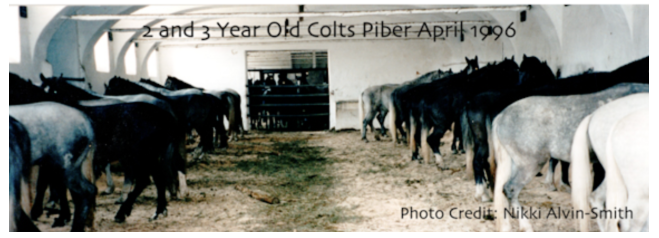
If you want to succeed as a dressage trainer it will always be necessary to do your own homework by picking up a book and reading the masters words. Those you don't agree with or do, all have valuable gems to share. From Baucher, L'Hotte, Steinbrecht, Podhasky, or others.

In conclusion, the real concern that every dressage aficionado probably shares is the worry that with the changes in leadership at any horse-oriented association that is renowned for training of the noble equine, that the horses’ welfare will not come 1st in the decision making.
It is good to remember that training horses is not a static endeavor, but one that evolves over time. Old methods may be exchanged for better ones, or worse ones. Each country has its own heritage to protect, and identity to magnify to keep on top of the money making and brand development. Positive or negative, it is said that all press is good press. As a professional PR/Marketing individual and writer I would agree that this suggestion is a good one.
Let’s face it. When was the last time you focused any attention on the white stallions? When was the last time Austrian politics was of any interest to you?
Likely you revere the beauty of the horses and their training from memories of viewing old videos. Perhaps you have fond memories of attending an exhibition of the Spanish Riding School, (as I was lucky enough to experience at Madison Square Garden, NY at some point in the 1980’s before my trip to ride a few of the white horses in person). Many dressage riders have been inspired by the picture of the troupe in action, lightly dancing across the boards.
Despite the ups and downs of my personal experience with the SRS, the institution has always done what it feels it must in order to survive. If that’s selling second rate horses to the U.S. market, then so be it. If it has been exporting judging and licensure to our markets to control the breeding narrative, so be it. If it has been trying out new tactics in training like rollkür, so be it. Business is at the end of the day, business.
My personal hope is that the horses will be held in true esteem and respect, and their needs met first. That the ‘top brass’ at the SRS get it right, and that the institution maintains its legendary position as a leader not in the sport of dressage, but the art. And not, the ‘art of a deal’ or the artful practices of circus exhibitions designed to ‘bring in the big bucks.’
